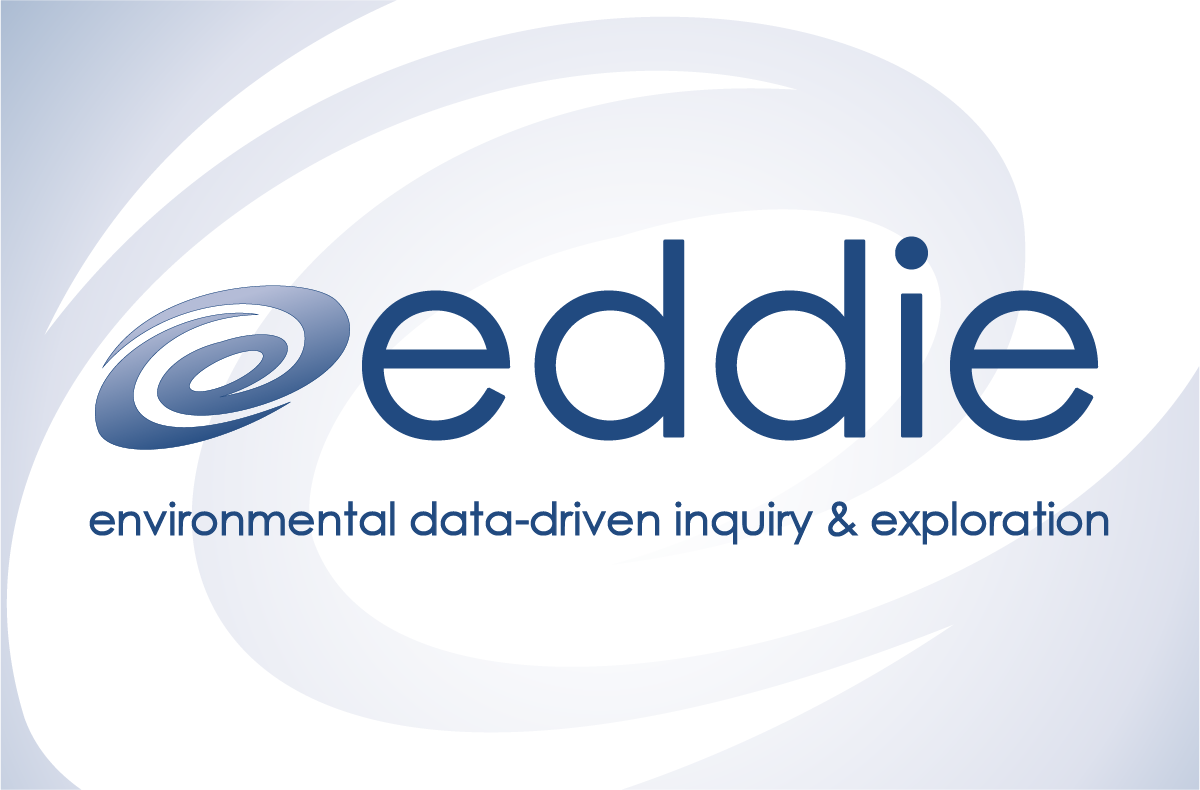Green Infrastructure/Green Roofs (Project Eddie)
Author(s): Ana Cristina Londono
182 total view(s), 114 download(s)
- Green Infrastructure/Green Roofs
Instructor powerpoint(PPTX)
Ana Londono_Implementation_Plan.docx(DOCX | 11 KB)
Data(XLSX)
PP Teaching Notes.docx(DOCX | 15 KB)
Project_EDDIE_student_handout_instructions.docx(DOCX | 3 MB)
- License terms
Description
This module can give students an idea of what solutions are available to help address the problems caused by excess runoff. Students will address how green roofs impact environmental issues such as water quality, air quality, biodiversity and public health. The module promotes student learning by having students look at a large dataset of annual rainfall in Central Park, NY, and make their own decisions about how to edit down that data in order to evaluate how the rate of annual rainfall has been changing recently.
Students will have the opportunity to work with a user-friendly web app that uses professional-grade models to simulate hypothetical 24-hour storms and create their own plan for implementation of various types of green infrastructure. They will also use the model to see how rainfall intensity impacts percent runoff and to evaluate the effectiveness of different forms of green infrastructure on reducing the loading rate of total suspended solids, an indicator for water quality.
Project EDDIE Environmental Data-Driven Inquiry & Exploration) is a community effort aimed at developing teaching resources and instructors that address quantitative reasoning and scientific concepts using open inquiry of publicly available data. Project EDDIE modules are designed with an A-B-C structure to make them flexible and adaptable to a range of student levels and course structures.
Notes
This adaptation uses the module as is. There are a couple of lines in the instructions on Activity C to clarify the steps to use mywatershed to avoid confusion.
Cite this work
Researchers should cite this work as follows:
- Londono, A. C. (2023). Green Infrastructure/Green Roofs (Project Eddie). Project EDDIE Spring 2023 FMN, QUBES Educational Resources. doi:10.25334/2SZ9-C955
